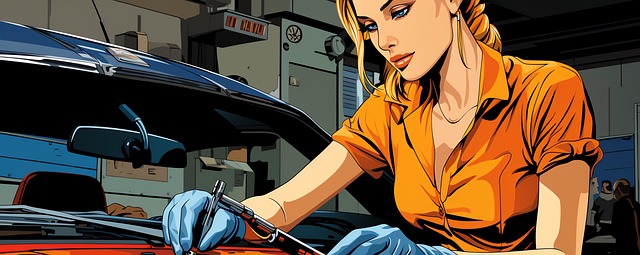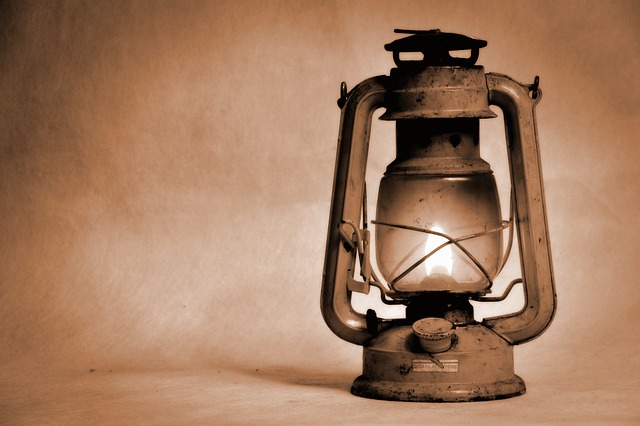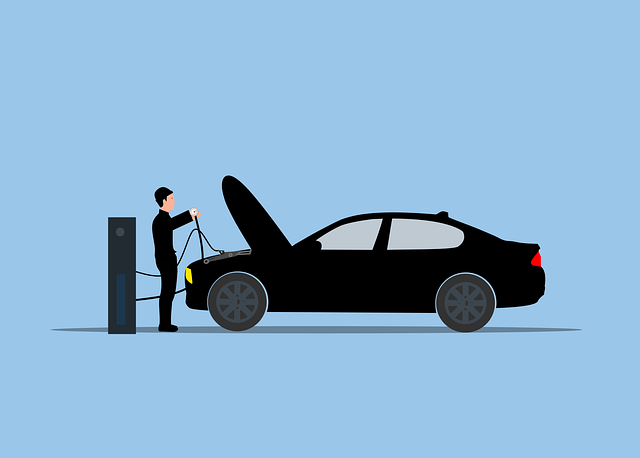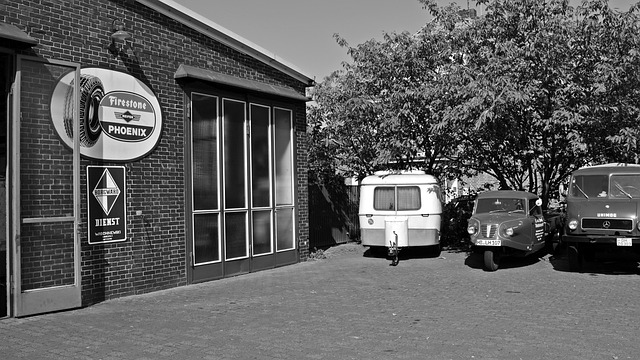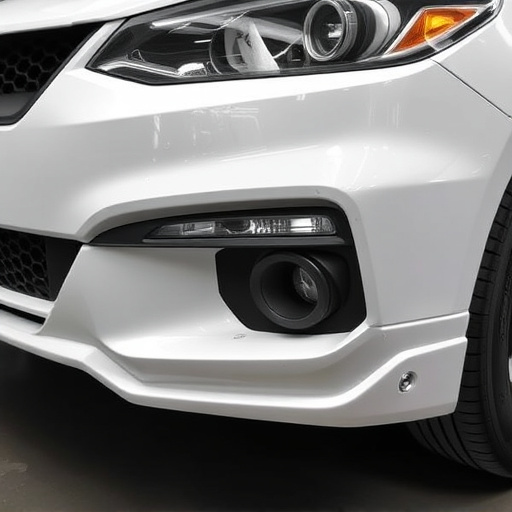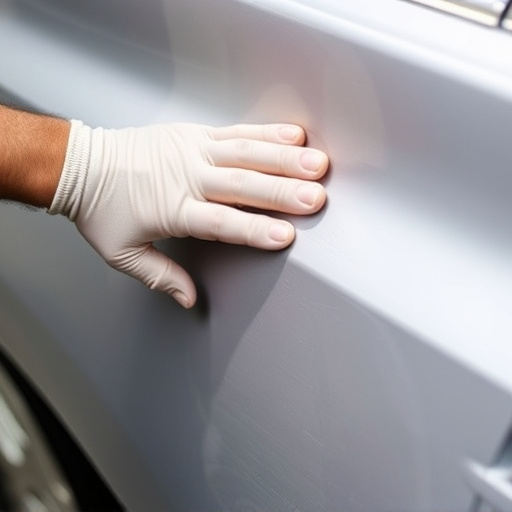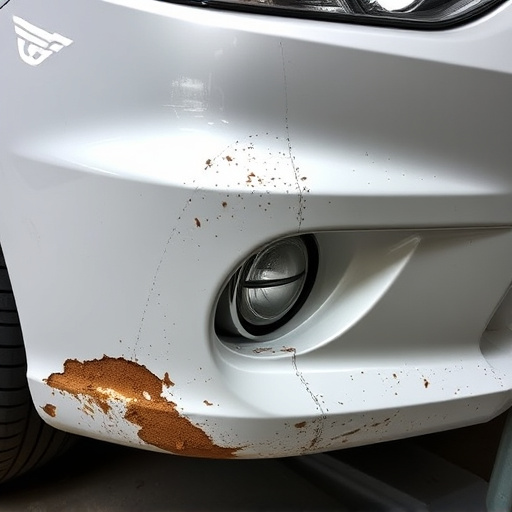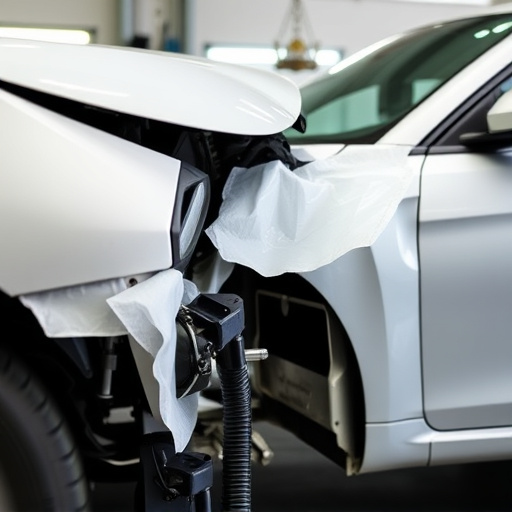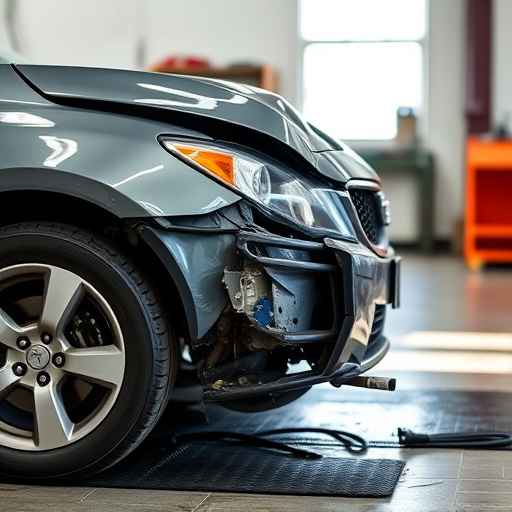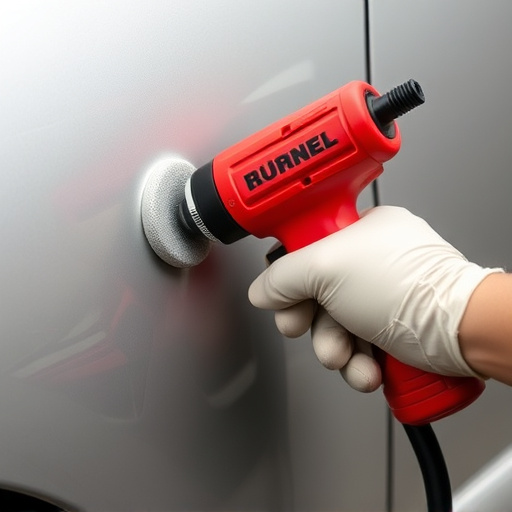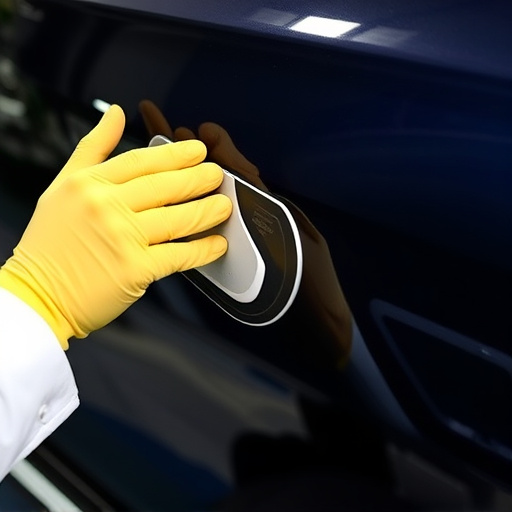Thorough transmission inspections after car accidents are legally required and vital for safe repairs, insurance claims, and preventing escalation of issues within 24-48 hours in regions like Europe or Mercedes Benz centers. Advanced diagnostic tools minimize downtime, aid legal disputes, and ensure vehicle operation safety through efficient repairs.
In the aftermath of a car accident, understanding the necessity and timing of a transmission inspection is paramount. This comprehensive guide delves into the critical aspects of transmission inspections post-accidents, exploring legal obligations and efficient processes. Knowing when and how to conduct these checks can protect your interests, ensure fair compensation, and facilitate smoother insurance claims resolution. By adhering to recommended inspection timelines, you navigate legal considerations effectively while prioritizing vehicle safety and repair.
- Understanding Transmission Inspection Needs After Accidents
- Legal Considerations for Timely Transmissions Checks
- Efficient Post-Accident Transmission Inspection Processes
Understanding Transmission Inspection Needs After Accidents

After a car accident, understanding the transmission inspection needs is crucial for effective collision repair services. While initial assessments may focus on visible damage to the vehicle’s exterior and body shop services, internal components like the transmission require meticulous attention. A thorough transmission inspection involves evaluating the condition of the gears, bearings, and fluid levels to ensure they are not compromised by the impact.
Timely transmission inspections are vital for car restoration, as neglecting these checks can lead to more severe issues down the line. During such inspections, skilled technicians employ specialized tools to diagnose any leaks, damage, or performance anomalies. This proactive approach ensures that collision repair services address potential problems before they escalate, ultimately contributing to a safer and smoother driving experience post-accident.
Legal Considerations for Timely Transmissions Checks

In the aftermath of a car accident, timely transmission inspections are not merely a best practice but a legal necessity. Different jurisdictions have varying regulations regarding the timeframe within which vehicle transmissions should be examined following an incident. Failure to adhere to these guidelines can lead to legal repercussions and financial burdens for all parties involved, including insurance companies and motorists. Insurance providers often require prompt assessments to facilitate efficient claims processing and repair coordination.
For instance, in regions with strict automotive standards, like those seen in many European countries or with high-end vehicle manufacturers such as Mercedes Benz repair centers, the focus on timely transmission inspections is even more pronounced. These areas may mandate that transmissions be evaluated within 24 to 48 hours of the accident to ensure safety and compliance. Prompt inspections not only help identify potential transmission issues but also serve as evidence in legal disputes related to auto glass replacement or dent repair, ensuring fair compensation for all parties.
Efficient Post-Accident Transmission Inspection Processes
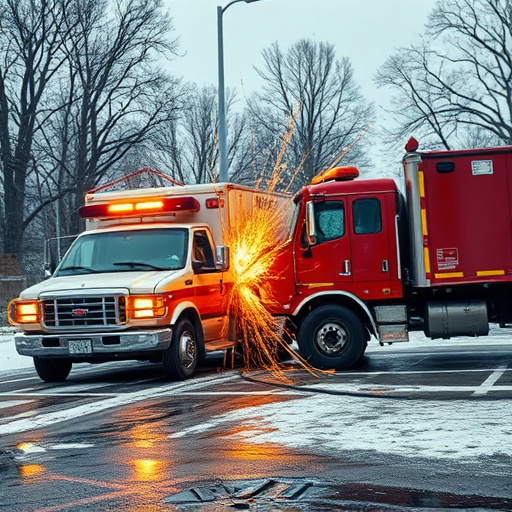
Efficient post-accident transmission inspection processes are crucial for minimizing downtime and ensuring safe vehicle operation. Following a collision, immediate visual inspections can reveal significant damage to the transmission, including leaks, dislodged components, or severe structural integrity issues. Quick assessment enables insurance adjusters and repair facilities to prioritize transmissions for either temporary repairs or comprehensive overhauls.
Many modern vehicles are equipped with advanced diagnostic tools that facilitate accurate and efficient transmission inspections. These technologies enable auto body repair specialists and mechanical engineers to identify specific problem areas without having to disassemble the entire drivetrain. Efficient processes, such as paintless dent repair techniques, can further streamline auto body repairs while ensuring high-quality outcomes. Timely and comprehensive transmission inspection, coupled with reliable automotive repair services, is vital for restoring vehicles to their pre-accident condition and getting them back on the road safely.
After a car accident, prompt and thorough transmission inspection is crucial for both safety and legal reasons. By understanding the specific needs and legal considerations surrounding these inspections, as well as implementing efficient processes, individuals and businesses can ensure that transmissions are checked within optimal timeframes. This not only facilitates quicker repairs but also protects against potential liabilities, making it an essential practice in post-accident vehicle management.

